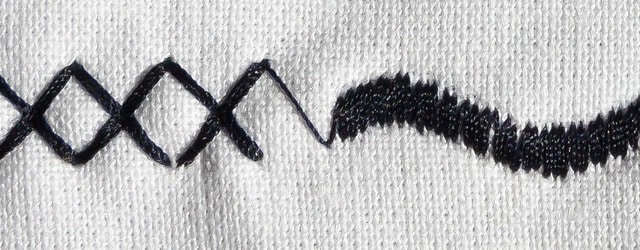Looking at Global Methylation?
First, you should decide if you are going look for a global methylation pattern or are focusing on a specific gene. If you are looking for a global methylation pattern in a genome, you should consider the following assays. For a quick reference, check out this web source on studying global methylation.HPLC + Mass Spectrometry
High performance liquid chromatography (HPLC) is a great way to separate molecules based on their chemical properties. This is the “gold standard “ for comparing methylated cytosine vs. un-methylated cytosine. It is performed by hydrolyzing your DNA sample into individual nucleotides and it is highly sensitive. What you will be comparing is the ratio between methylated-cytosine vs. unmethylated cytosine. Combined with mass spectrometry, the measurement becomes even more precise (down to exact molecular weight!). One drawback to this technique is that you need a lot of biochemistry expertise and lab equipment to run this. Not to mention that you also need a large amount of DNA for the assay.ELISA
Enzyme-linked immunosorbant assay (ELISA) is a detection system based on target-specific antibodies. There are a lot of ELISA kits out in the market to look at global methylation pattern. This is great when you want to look at a general pattern but it’s obviously not as quantitative as the HPLC method. But hey, it is much faster and easier than HPLC.PCR for LINE-1 + Pyrosequencing
LINE-1 is an ancient sequence from transposons and it accounts for 17% of the human genome. It is also a good representation of global methylation patterns. To study methylation using LINE-1 elements, treat your DNA with bisulfite (see below), and do a PCR for a conserved LINE sequence. Then perform pyrosequencing. To see more detail on using LINE-1, please check this article.If You Know Your Gene of Interest
If you know the gene or region you are looking for, there are a number of assays you can use based on treatment of the DNA with bisulfite (bisulfite conversion). Bisulfite treatment converts un-methylated cytosine bases into uracil. However, methylated cytosines are unaffected.Bead Array
Bead array is a good choice when you have a lot of genes to tackle. The bisulfite converted amplified DNA products are denatured into single strands and hybridized to the chip via allele specific annealing to either the methylation specific probe or the non-methylation probe. This is followed by a single-base extension of the dideoxynucleotides conjugated with either biotin or hapten for subsequent detection. Finally, you can compare the fluorescence intensity between two different beads and calculate the degree of methylation in any specific gene locus.Pyrosequencing
Pyrosequencing is another great way to determine the level of methylation at a gene-specific level. Following bisulfite conversion and gene-specific PCR, compare the ratio between dGTP (methylated) and dATP (unmethylated). Pyrosequencing is fast because each nucleotide addition creates a light signal.Methylation-Specific PCR
Methylation-specific PCR is now a common method to detect DNA methylation. To perform the assay, you purify your DNA of interest and treat with sodium bisulfIte. You then design primers specific for either methylated or un-methylated CpG regions. For example, you can design primer pairs that are ‘methylation-specific’ by using sequences complementary to unconverted 5-methylcytosines. If you use primers designed for detection of methylated DNA, you will only amplify the DNA regions that are methylated. Then you can identify the state of methylation on your DNA of interest after you run a gel electrophoresis. It’s that simple!Drawbacks to Bisulfite Treatment
Bisulfite treatment of DNA is a great method to chemically modify un-methylated cytosine so you can run a variety of assays to find the difference. However it’s not a perfect assay. Here are two of the key things to watch out when you get your results and interpret you data Incomplete Reaction If the incubation with sodium bisulfite is not optimized, you could have incomplete conversion. For example, a reaction that has a 50% conversion rate from cytosine to uracil results in over-estimation and even un-interpretable data DNA Degradation You always want to treat your DNA as nicely as possible, but after a long procedure, you could end up with no DNA! This could be due to contamination such as nucleases in the sample or inappropriate conditions, such as pH. So make sure you find a reliable protocol and follow the procedure carefully. So here you are. Now you know what kind of assay to run when it comes to analyzing the methylation pattern of the genome. I have only covered the most common ones that scientists use. If you are interested in learning more about assays to test methylation, please let me know!You made it to the end—nice work! If you’re the kind of scientist who likes figuring things out without wasting half a day on trial and error, you’ll love our newsletter. Get 3 quick reads a week, packed with hard-won lab wisdom. Join FREE here.






